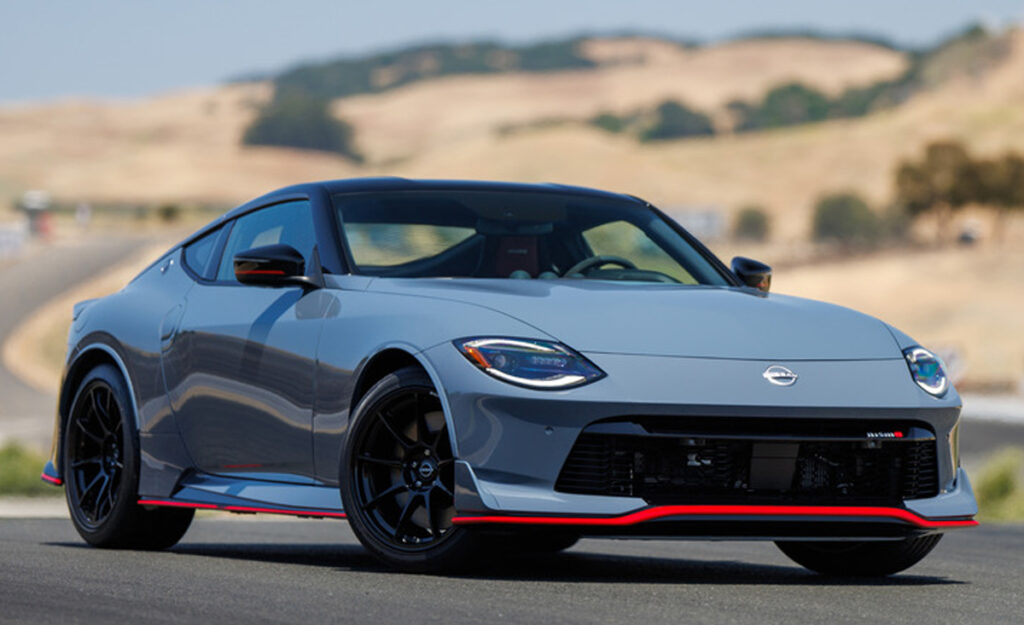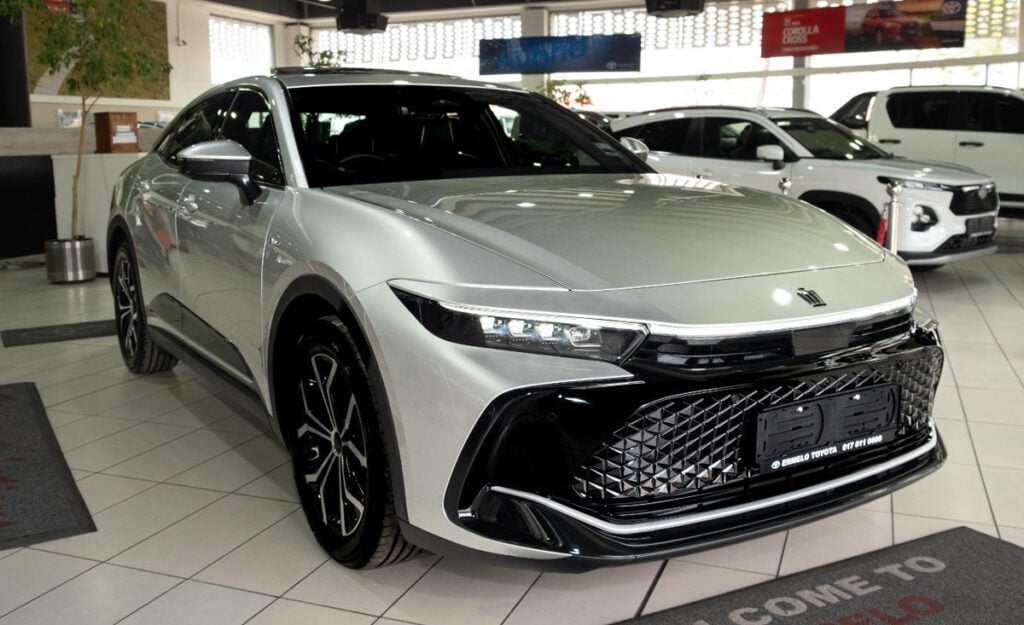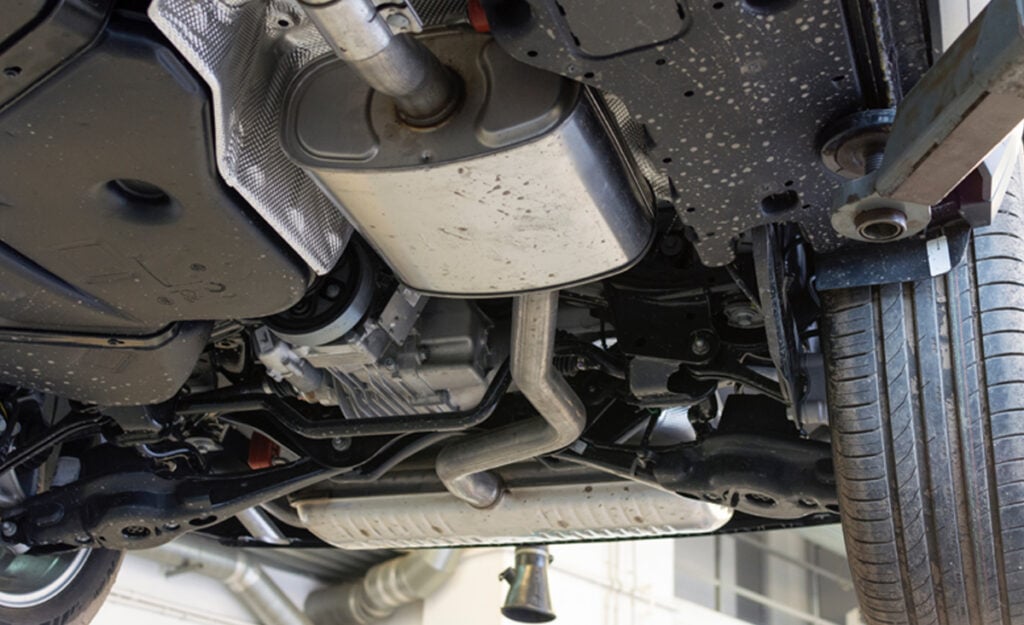What you would pay for petrol today if the exchange rate was still R15 per dollar

If the exchange rate between the South African Rand and United States Dollar was still at R15/dollar, local fuel prices would have been around R18.50/litre for petrol and R15.57/litre for diesel.
That is an average savings of R3.95 per litre across the board when compared to what we’re really paying in June 2023.
Local fuel prices are primarily determined by fluctuations in the international oil price and the rate at which the rand and dollar swap hands, in addition to taxes, retail margins, and transport costs.
Following months of contracted global economic activity and fears of recessions, Brent Crude oil prices in June are sitting around US$77 per barrel, levels last seen in the latter months of 2021.
Around this time, the exchange rate between the two nations’ legal tender also hovered around the R15/dollar mark.
In September 2021, specifically, it traded for an average of R15.09/dollar for the month. At the start of June 2023, though, we are paying an average of R18.98/dollar.
Due to this depreciation, the basic fuel price (BFP), that is the price we pay for imported petrol and diesel, has increased by a maximum of R4.11 per litre.
“The BFP, quoted in USD/barrel or USD/ton, is converted to US cents/litre by applying the international conversion rates and is then converted to South African cents/litre by applying the applicable Rand/US Dollar exchange rate,” according to the Department of Energy.
The BFP between the two periods is compared in the following table:
| Fuel type | September 2021 | June 2023 | Diff. |
|---|---|---|---|
| Petrol 93 | R8.08 | R11.93 | R3.85 |
| Petrol 95 | R8.17 | R12.26 | R4.09 |
| Diesel 500ppm | R7.47 | R11.23 | R3.76 |
| Diesel 50ppm | R7.50 | R11.61 | R4.11 |
All other elements excluded, this shows that we could’ve paid up to R4.09 less for petrol and R4.11 less for diesel in June 2023 if the rand didn’t depreciate as much as it did between the two periods.
This is what prices at the pumps would have looked like today if the local currency was still trading at R15/dollar:
- Petrol 93 – R18.45
- Petrol 95 – R18.54
- Diesel 500ppm – R15.55
- Diesel 50ppm – R15.59
For those interested to know; taxes, levies, duties, wholesale and retail margins, and transport costs all increased alongside the rand’s devaluation over the past 21 months, too.
In September 2021, all these tariffs combined were set at an average of R10.12/litre for petrol and R8.03/litre for diesel.
In June 2023, they are at R10.37/litre and R8.09/litre, respectively, a relatively minuscule increase of 25 and 6 cents when compared to the rise in the BFP as a result of the battered local currency.
Therefore, the rand’s depreciation was a major driver behind the rampant fuel price hikes we’ve experienced in the last few years.
What to expect going forward
While prices for fuels in South Africa came down in June, from July onwards, they are expected to turn around and head upwards once more.
Rand Merchant Bank (RMB) anticipates that oil prices will start rising again in response to strong demand from China as it ends its Covid-zero policies, weakness in the dollar, and tight supply following a mutual agreement among the oil-producing nations (OPEC) to cut production.
While RMB expects to see “something of a rand recovery” with a belief that the rand/dollar trading rate will end the year at R18.15 to the dollar, this won’t be enough to offset the negative effects of more expensive oil.
“The net result is expected to be small fuel price hikes in [the second half of 2023],” said John Cairns, RMB client strategist.
Fortunately, analysts from FNB Wealth and Investments said that while prices are most probably going to continue going skyward, they are unlikely to reach the all-time highs of over R26/litre we saw in 2022 partly due to a slowdown in global economic activity and a subsequent drop in demand for oil.









